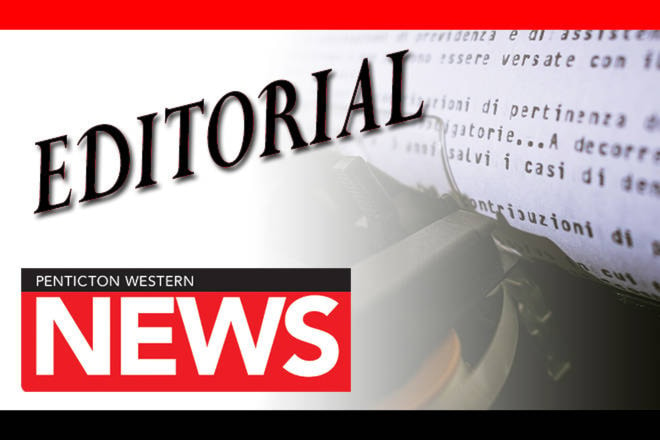With the civic election over, it’s proportional representation’s turn to dominate political news, at least for B.C.
Like the last two times we’ve had a referendum on modernizing our political system, it’s hard to separate out the real information from the endless propaganda coming from both the yes and no sides, who seem more interested in stirring up supporters rather than simply setting out the advantages and disadvantages first-past-the-post vs. PR.
Then there is the fear factor. FPTP is long-established and B.C. has been more or less well-managed by various governments as they came to power. The challenger, PR, is a big change and isn’t necessarily as easy to understand as ‘I cast one vote and one person gets elected, either my choice or someone else’s.”
There’s not room to list all the pros and cons of PR, but the main one is that FPTP gives all political power to one party, no matter how small its share of the popular vote, while PR elects a government more representative of the voters’ varied ideals. That frequently produces coalition governments, which means even better voter representation.
Coalitions, while a strength in many ways, also have the possibility of being weak and indecisive as parties struggle to get their own way. But if the parties understand they are unlikely to get a majority, there is more incentive to work together and build consensus, resulting in solid, centrist policies.
Try a little thought experiment. Imagine a political landscape where PR was the norm, but a group was encouraging a switch to FPTP. Would you be willing to switch to a system where your vote might not carry any weight in choosing the government? Where the minority chooses how the province is run?
Elections B.C. is a great place to go for non-partisan information and resources.
